Equipment
In-hand look: New Mizuno JPX 919 Hot Metal Pro irons
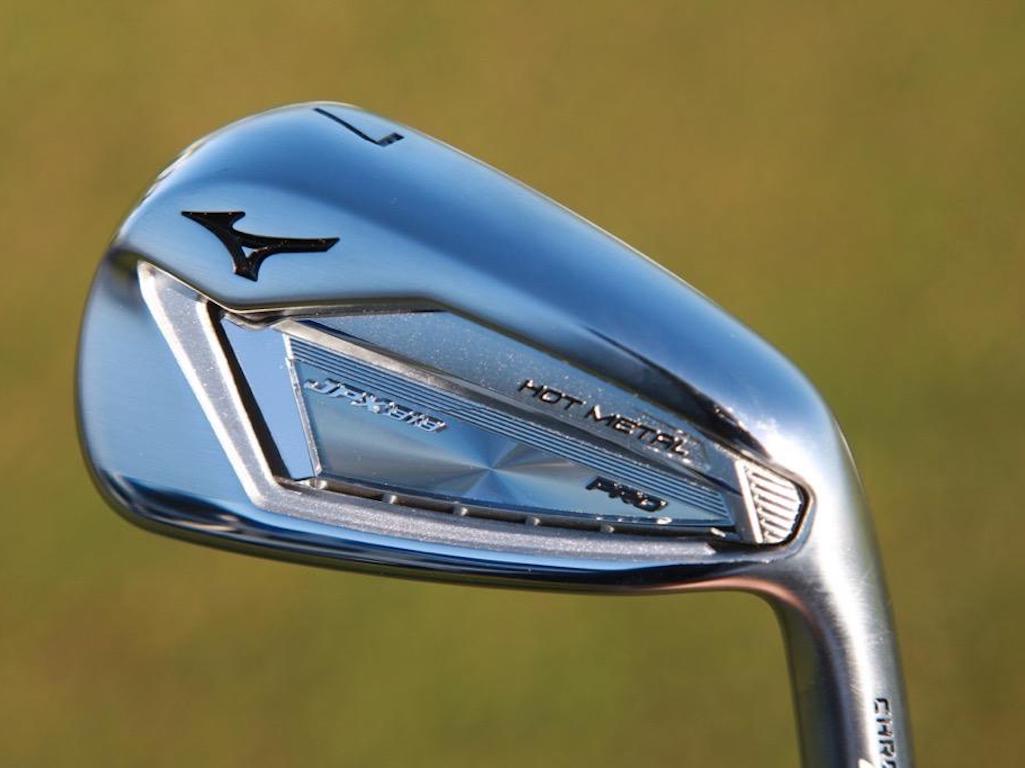
Building off of the massive success of the totally revamped JPX series over the last three years, including a couple major victories with the JPX 900 Tour model, Mizuno is expanding the JPX options and again blurring the line between game improvement and players clubs with the introduction of the highly anticipated JPX 919 Hot Metal Pro.
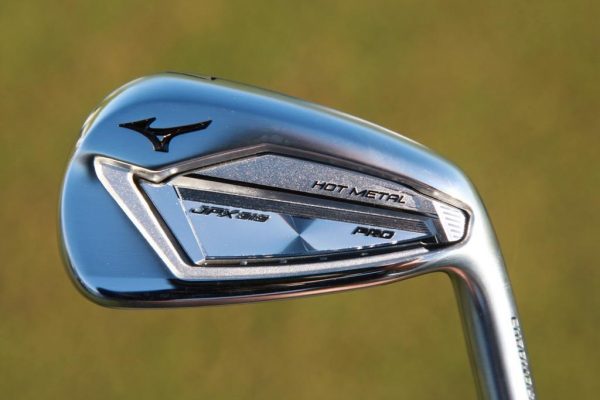
What gets lost in the discussion with Mizuno and the JPX line is the original Hot Metal 900 was the best-selling iron for Mizuno in the 900 line up by quite a large margin and helped take back some relatively big market share from other OEMs in the category. When you take into account that for the majority of recreational (and even avid golfers) breaking 100 is a challenge, it’s easy to see how game improvement clubs make up the majority of on course and fitting studio sales. For a brand like Mizuno so closely associated with the PGA Tour and lower handicap players, that was a big step forward in consumer perception.

The JPX 919 Hot Metal Pro fits into the lineup for the aspiring player looking for both ball speed and an enhanced appearance from the top line. From first impression alongside my MP 18 blade, its easy to see how this club could find its way into the hands of even the most ascetically picky golfer.

The technology story comes from the combining of all the technology from the JPX 919 Hot Metal line including
- Proprietary chromoly 4140M to increase face strength, flex, & speed – while still allow for lie loft adjustments
- One Piece cupped geometry for improved feedback
- Re-engineered ribs in the cavity to improve acoustics
- Stability frame undercut to push mass to the furthest perimeters for maximum forgiveness
…all this now in a profile typically only seen in a “players cavity iron”
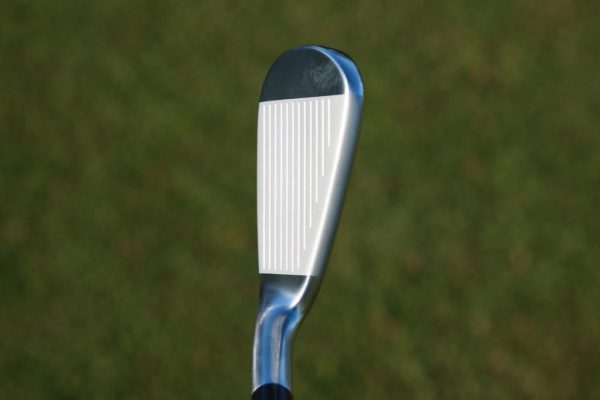
From a technical and fitting standpoint, the specs of the JPX 919 Hot Metal Pros are an exact match to the standard 919 Hot Metals (in regards to the lies and lofts). This makes it the perfect club to either combo into the short irons or, for those looking to add some forgiveness into the longer irons by combo-ing with either the forged of tour models in the shorter irons. This transition will be equally easy since the offset is inline to the offset numbers with the JPX 919 Tour’s. See more photos and discussion in the forums
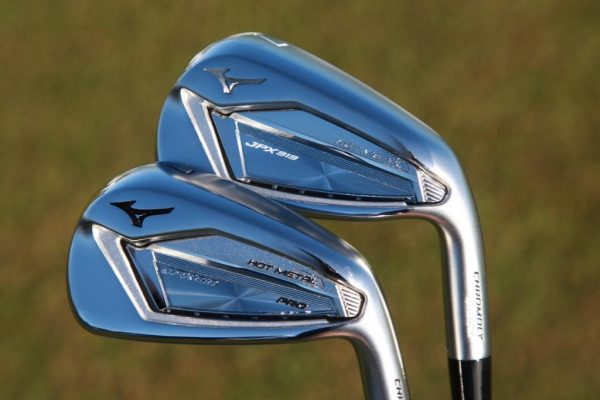
Comparison between JPX 919 Hot Metal and 919 Hot Metal Pro
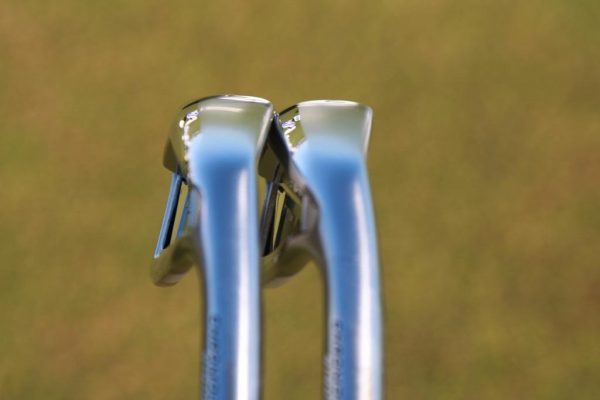
Comparison between JPX 919 Hot Metal and 919 Hot Metal Pro
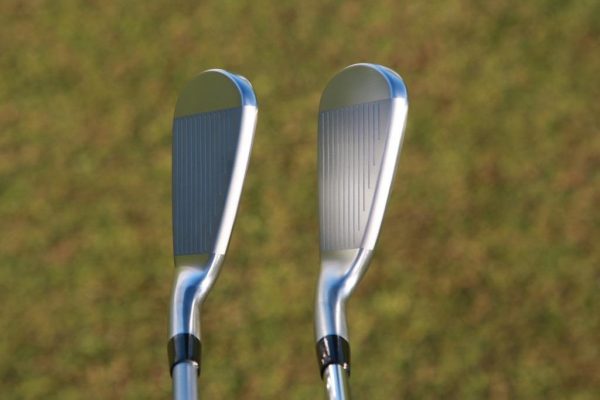
Comparison between JPX 919 Hot Metal and 919 Hot Metal Pro
The best way to describe the target golfer for this is either a better player with moderate clubhead speed that needs more ball speed and higher launch to help hold more greens, the aspiring mid-handicapper looking to move into an iron that has a “players” profile while still offering forgiveness, or the golfer looking to combo a long iron replacement to compliment the rest of their set.
Even into the shorter irons, the Hot Metal Pros are a sight to been seen. Obviously, there is no mistaking this club for a pure blade, but you will be hard pressed to find a pitching wedge packed with this much technology in a shape that is both confidence inspiring and player preferred. There is also a matching 50-degree gap wedge to match the set and make the transition to traditional wedges easier.
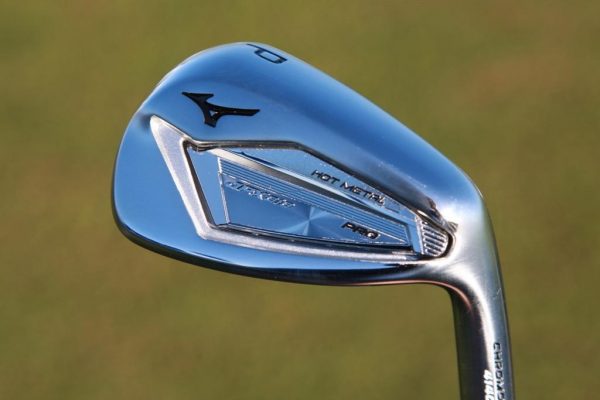
Join the discussion in the forums.
- LIKE357
- LEGIT27
- WOW30
- LOL4
- IDHT4
- FLOP3
- OB2
- SHANK10
Whats in the Bag
WITB Time Machine: Danny Willett’s winning WITB, 2016 Masters
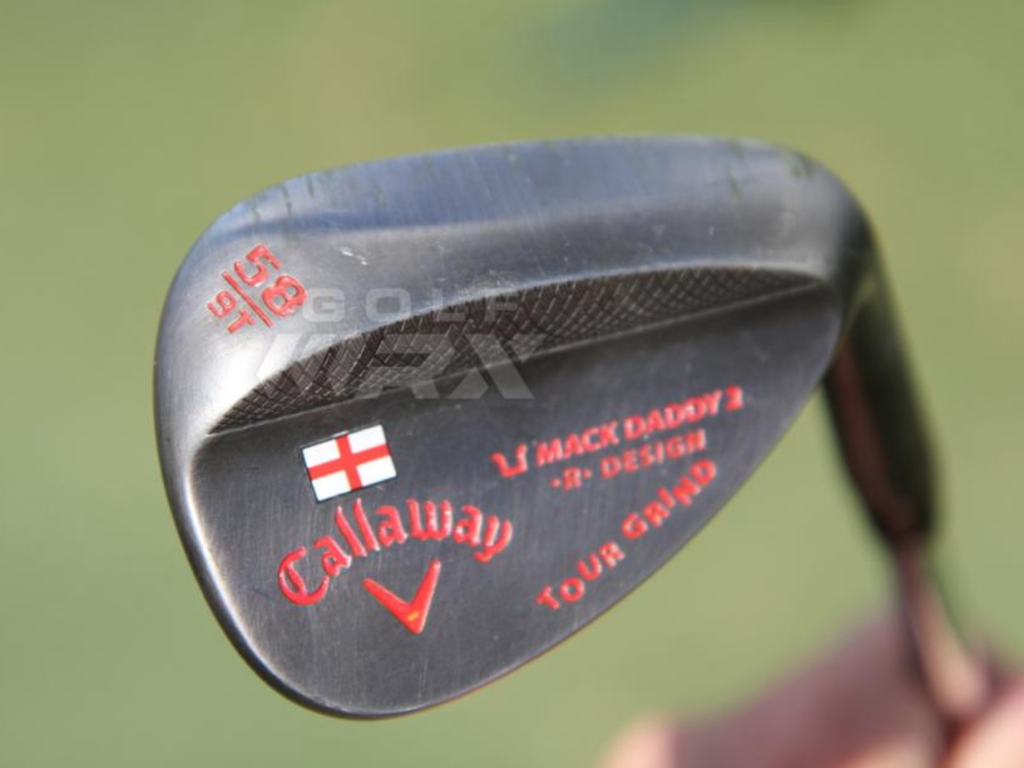
Driver: Callaway XR 16 (9 degrees)
Shaft: Mitsubishi Rayon Diamana W-Series 60 X
Length: 45.5 inches
3-wood: Callaway XR 16 (15 degrees)
Shaft: Mitsubishi Rayon Diamana W-Series 70X
5-wood: Callaway XR 16 (19 degrees)
Shaft: Mitsubishi Rayon Diamana W-Series 80X
Irons: Callaway Apex UT (2, 4), Callaway Apex Pro (5-9)
Shaft: True Temper Dynamic Gold X100 Superlite
Wedges: Callaway Mack Daddy 2 (47-11 S-Grind) Callaway Mack Daddy 2 Tour Grind (54-11, 58-9)
Shaft: True Temper Dynamic Gold X100 Superlite
Putter: Odyssey Versa #1 Wide (WBW)
Lie angle: 71 degrees
Ball: Callaway Speed Regime SR-3
Check out more photos of Willett’s equipment from 2016 here.
- LIKE7
- LEGIT0
- WOW1
- LOL0
- IDHT0
- FLOP0
- OB0
- SHANK0
Equipment
Project X Denali Blue, Black shaft Review – Club Junkie Review
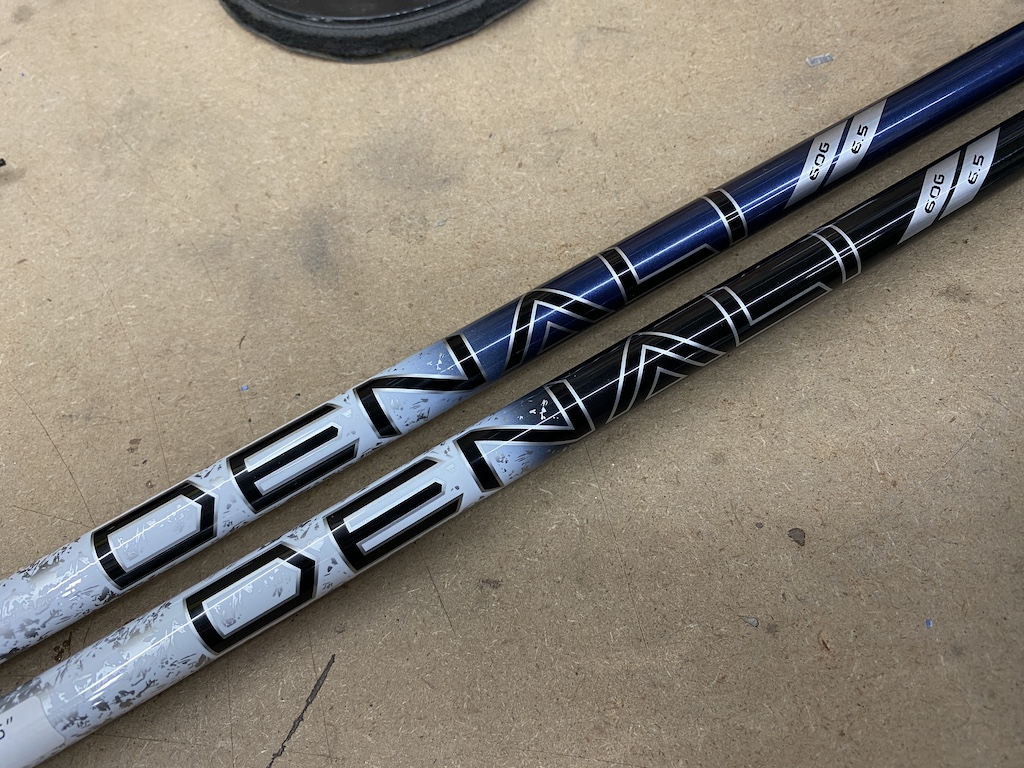
Originally, Project X was known for low-spin steel iron shafts. However, the company might now be known for wood shafts. Denali is the newest line of graphite shafts from Project X. With the Denali line, the company focuses on feel as well as performance.
There are two profiles in the Denali line, Blue and Black, to fit different launch windows. Denali Blue is the mid-launch and mid-spin profile for players who are looking for a little added launch and Denali Black is designed for low-launch and low-spin. Both models are going to offer you a smooth feel and accuracy.
For a full in-depth review check out the Club Junkie podcast on all podcast streaming platforms and on YouTube.
Project X Denali Blue
I typically fit better into mid-launch shafts, as I don’t hit a very high ball so the Denali Blue was the model I was more excited to try. Out of the box, the shaft looks great and from a distance, it is almost hard to tell the dark blue from the Denali Black. With a logo down install of the shaft, you don’t have anything to distract your eyes, just a clean look with the transition from the white and silver handle section to the dark navy mid and tip.
Out on the course, the Blue offers a very smooth feel that gives you a good kick at impact. The shaft loads easily and you can feel the slightly softer handle section compared to the HZRDUS lineup. This gives the shaft a really good feel of it loading on the transition to the downswing, and as your hands get to impact, the Denali Blue keeps going for a nice, strong kick.
Denali Blue is easy to square up at impact and even turn over to hit it straight or just little draws and most of the flex of the shaft feels like it happens right around where the paint changes from silver to blue. The Blue launches easily and produces what I consider a true mid-flight with the driver. While it is listed as mid-spin, I never noticed any type of rise in my drives. Drives that I didn’t hit perfectly were met with good stability and a ball that stayed online well.
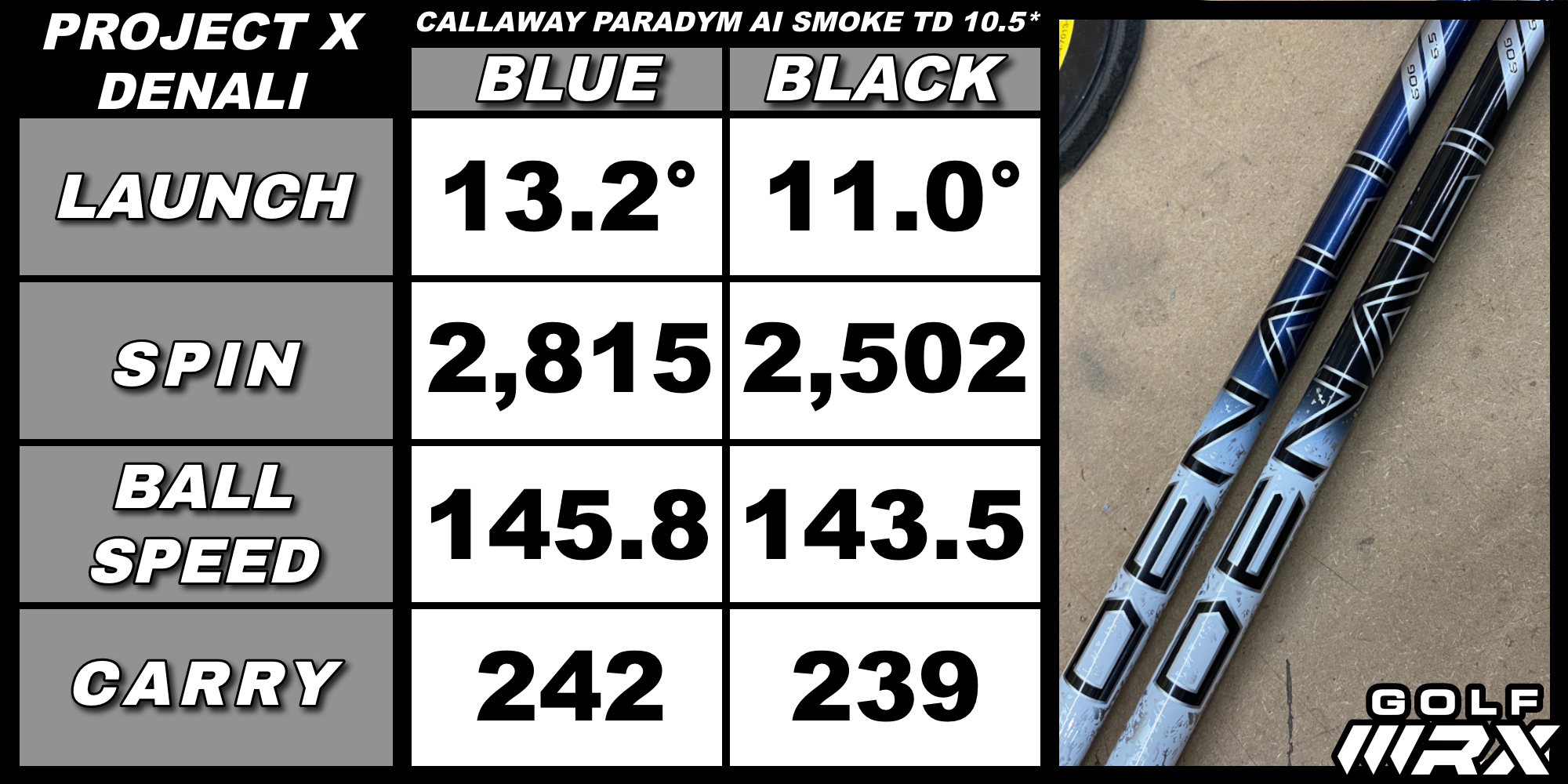
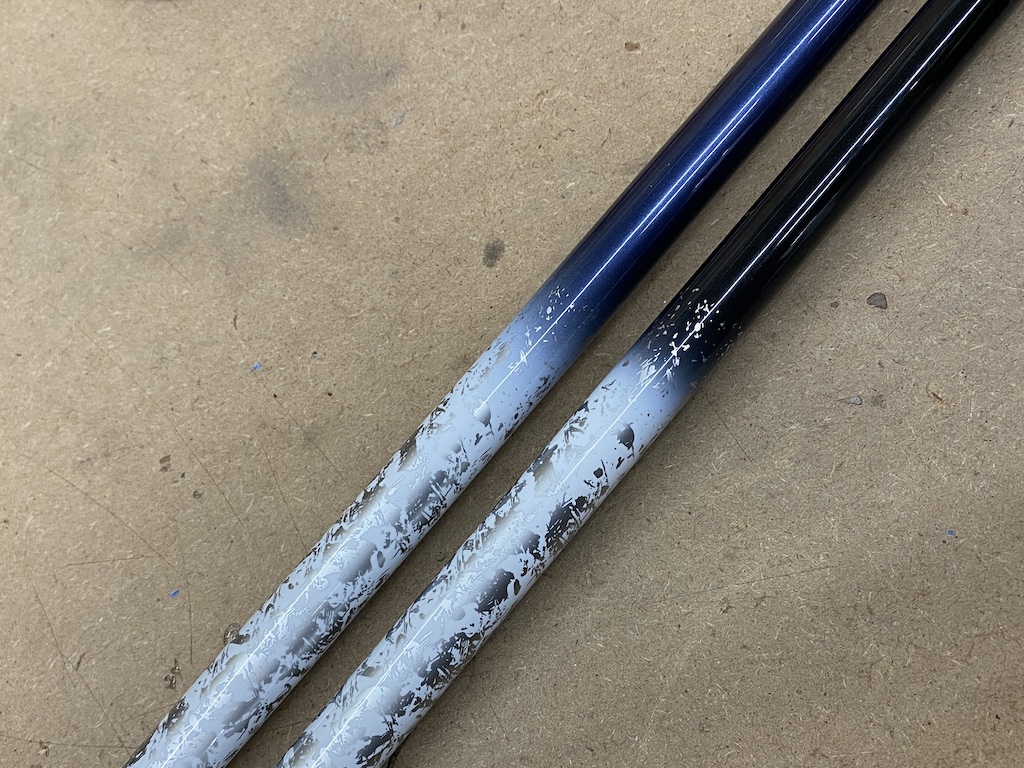
Project X Denali Black
When you hold the Denali Black in your hands you can tell it is a more stout shaft compared to its Blue sibling by just trying to bend it. While the handle feels close to the Blue in terms of stiffness, you can tell the tip is much stiffer when you swing it.
Denali Black definitely takes a little more power to load it but the shaft is still smooth and doesn’t give you any harsh vibrations. Where the Blue kicks hard at impact, the Black holds on a little and feels like keeps you in control even on swings that you try and put a little extra effort into. The stiff tip section also makes it a little harder to square up at impact and for some players could take away a little of the draw from their shot.
Launch is lower and more penetrating compared to the Blue and produces a boring, flat trajectory. Shots into the wind don’t rise or spin up, proving that the spin stays down. Like its mid-launch sibling, the Black is very stable and mishits and keeps the ball on a straighter line. Shots low off the face don’t get very high up in the air, but the low spin properties get the ball out there farther than you would expect. For being such a stout shaft, the feel is very good, and the Denali Black does keep harsh vibrations from your hands.
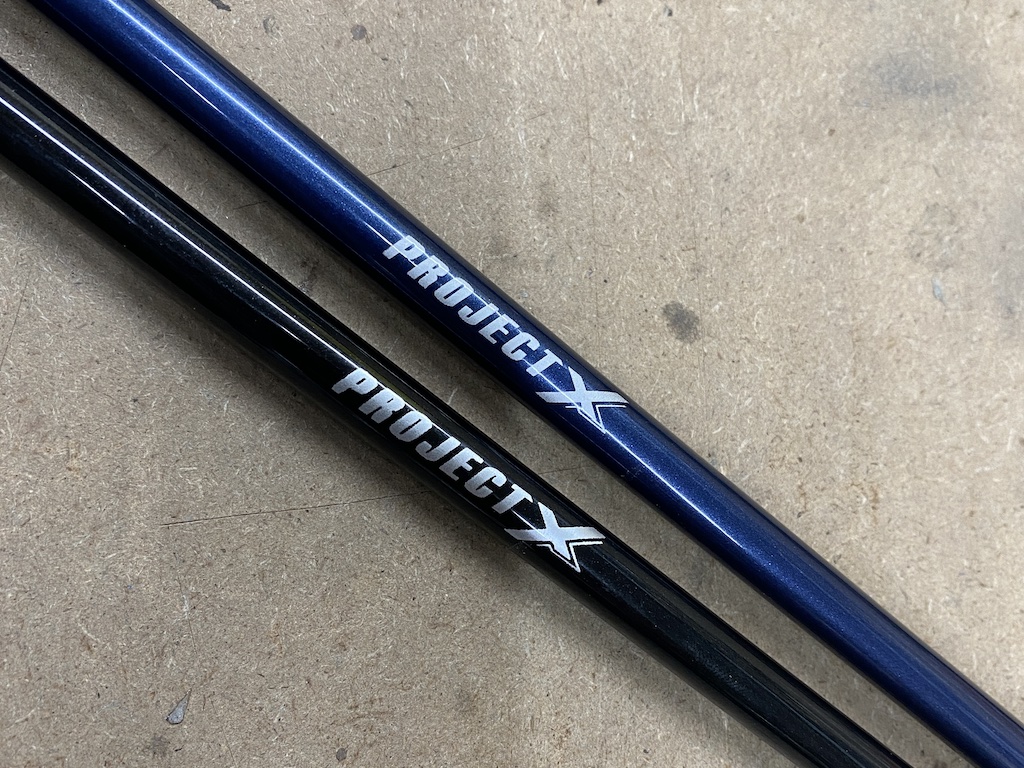
Overall the Project X Denali Blue and Black are great additions to the line of popular wood shafts. If you are looking for good feel and solid performance the Denali line is worth trying out with your swing. Choose Blue for mid-launch and mid-spin or Black for lower launch and low spin.
- LIKE4
- LEGIT4
- WOW2
- LOL0
- IDHT0
- FLOP0
- OB0
- SHANK0
Equipment
What we know about Bryson DeChambeau’s 3D-printed Avoda irons
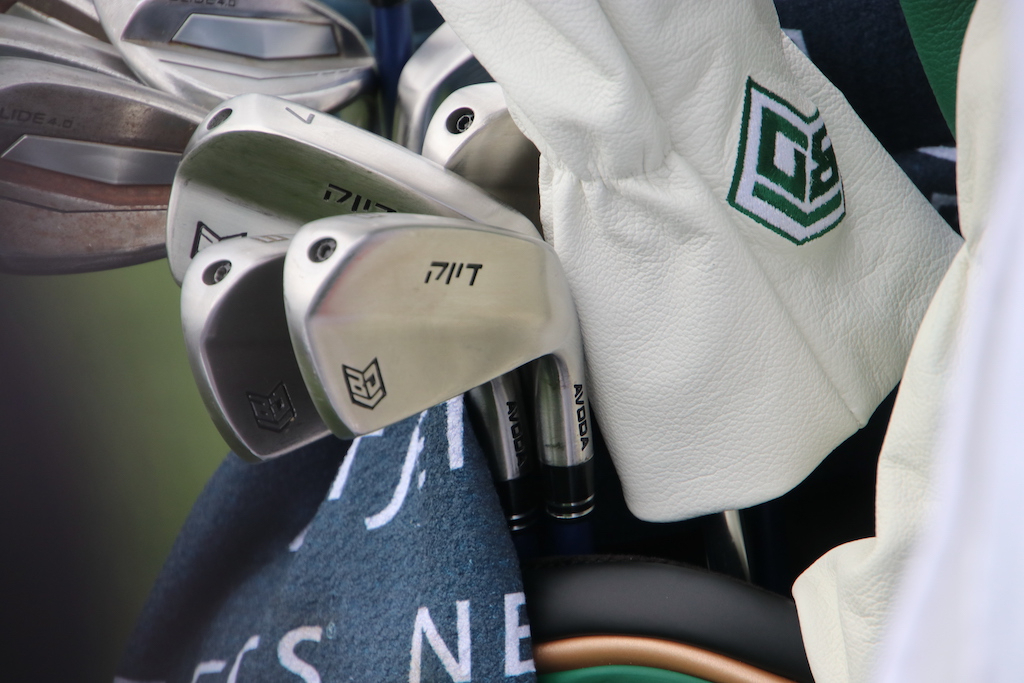
Bryson DeChambeau fired an opening-round 7-under 65 at Augusta National, hitting an impressive 15 of 18 greens in regulation in the process. Golf’s mad scientist’s play grabbed headlines and so too did his equipment. In place of the Ping i230 irons he had in the bag last week for LIV Golf’s Miami event, DeChambeau is gaming a prototype 5-PW set of irons from little-known direct-to-consumer manufacturer Avoda.
What is Avoda Golf?
Founded by Tom Bailey, also a Mike Schy student like Bryson DeChambeau, Avoda Golf is a direct-to-consumer golf equipment company that currently manufactures both single and variable-length irons in one model that are available for pre-order.
What irons is Bryson DeChambeau playing?
Per multiple reports, DeChambeau is playing a custom-designed set of single-length irons that incorporate bulge and roll into the face design. The two-piece 3D-printed irons were reportedly only approved for play by the USGA this week, according to Golfweek’s Adam Schupak.
Regarding the irons, DeChambeau told Golf Channel the irons’ performance on mishits was the determining factor in putting them in play this week. “When I mishit on the toe or the heel,” DeChambeau said. “It seems to fly a lot straighter for me and that’s what has allowed me to be more comfortable over the ball.”
What can we tell about the design of the clubs?
These days, it is a little hard to speculate on what is under the hood with so many hollow body irons. DeChambeau’s irons look to be hollow on the lower section as they do flare back a decent amount. That “muscle” on the back also looks to be fairly low on the iron head, but we can assume that is progressive through the set, moving up higher in the short irons.
A screw out on the toe is probably used to seal up the hollow cavity and used as a weight to dial in the swing weight of the club. From pictures, it is hard to tell but the sole looks to have a little curve from heel to toe while also having some sharper angles on them. A more boxy and sharper toe section looks to be the design that suits Bryson’s eye based on the irons he has gravitated toward recently.
What are bulge and roll, again?
Two types of curvature in a club face, traditionally incorporated only in wood design. Bulge is heel-toe curvature. Roll is crown-sole curvature. Both design elements are designed to mitigate gear effect on off-center strikes and produce shots that finish closer to the intended target line. (GolfTec has an excellent overview of bulge and roll with some handy GIFs for the visual learner)
What else is in DeChambeau’s bag?
Accompanying his traditional Sik putter, Bryson builds his set with a Ping Glide 4.0 wedges, a Krank Formula Fire driver and 5-wood, and a TaylorMade BRNR Mini Driver, all with LA Golf graphite shafts.
- LIKE118
- LEGIT39
- WOW31
- LOL17
- IDHT9
- FLOP9
- OB10
- SHANK24
-

 19th Hole4 days ago
19th Hole4 days agoDave Portnoy places monstrous outright bet for the 2024 Masters
-

 19th Hole3 weeks ago
19th Hole3 weeks agoJohn Daly stuns fans into silence with brutal opening tee shot on PGA Tour Champions
-

 19th Hole2 weeks ago
19th Hole2 weeks agoThings got heated at the Houston Open between Tony Finau and Alejandro Tosti. Here’s why
-

 19th Hole5 days ago
19th Hole5 days agoTiger Woods arrives at 2024 Masters equipped with a putter that may surprise you
-

 19th Hole1 week ago
19th Hole1 week agoReport: Tiger Woods has ‘eliminated sex’ in preparation for the 2024 Masters
-

 19th Hole3 weeks ago
19th Hole3 weeks agoCharlie Woods finds it tough going on American Junior Golf Association debut
-

 19th Hole2 weeks ago
19th Hole2 weeks agoAddiction, spinal fusion, and scam artists – Everything Anthony Kim revealed in candid interview with David Feherty
-

 19th Hole1 week ago
19th Hole1 week agoAnthony Kim says doctors told him that he ‘may not have much time left’ ahead of LIV return









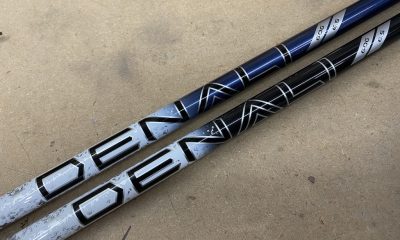



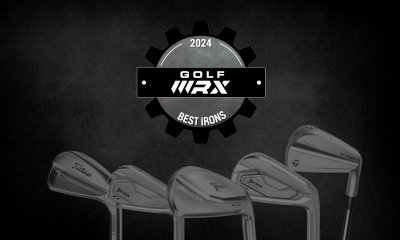

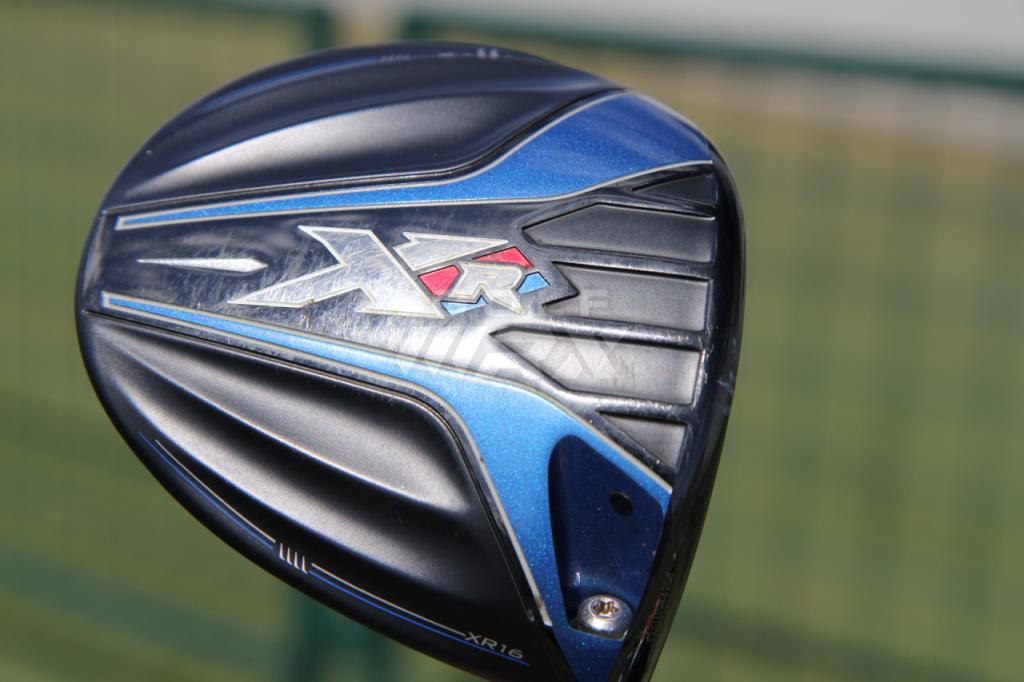
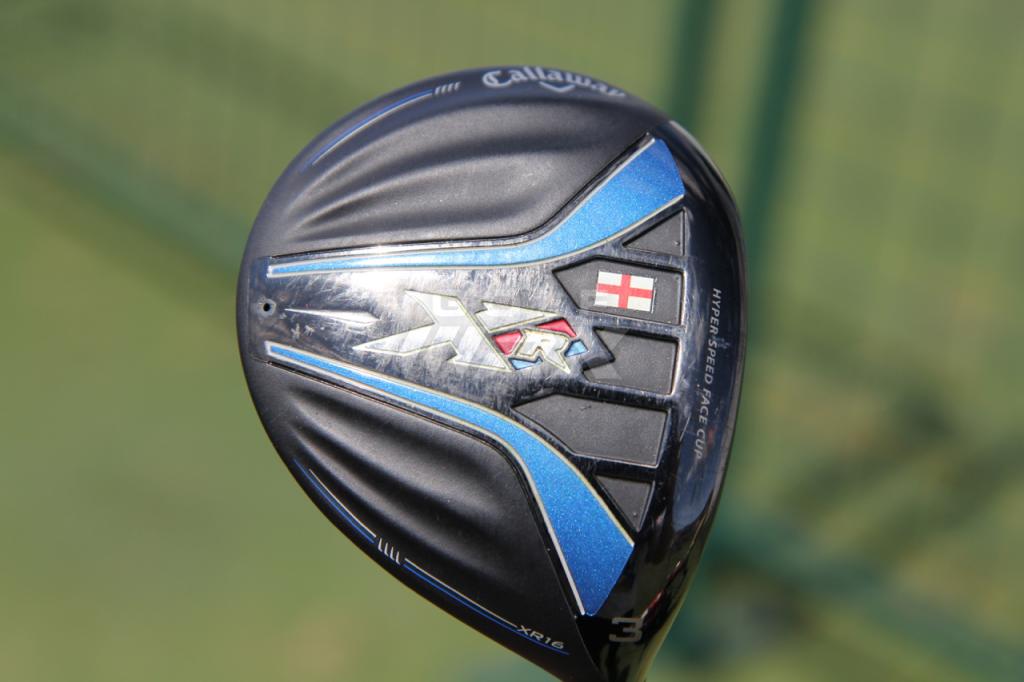

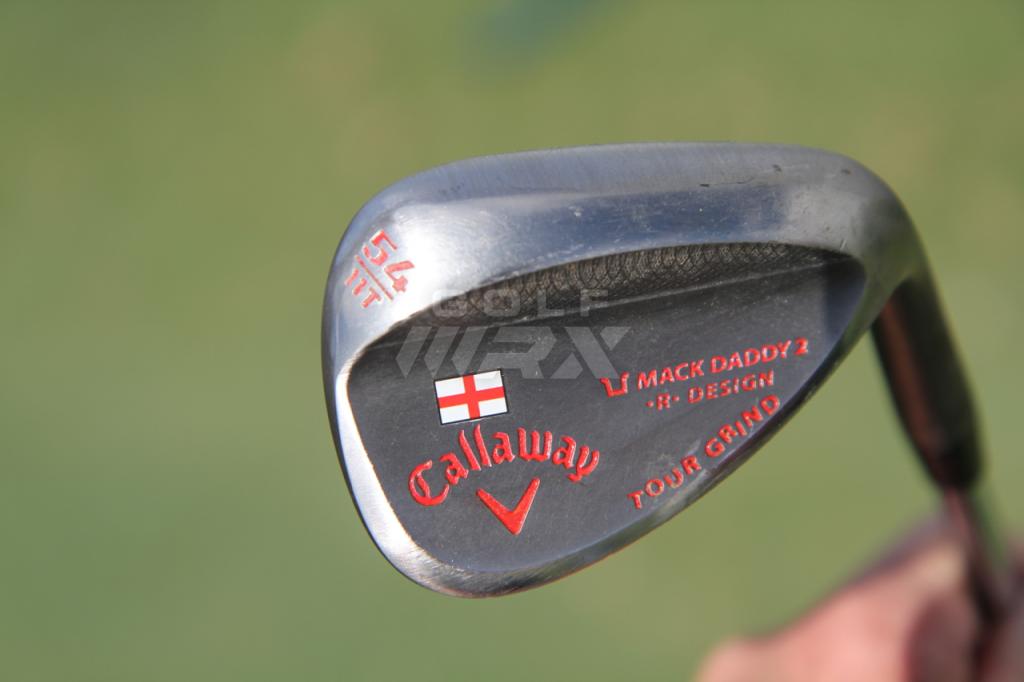
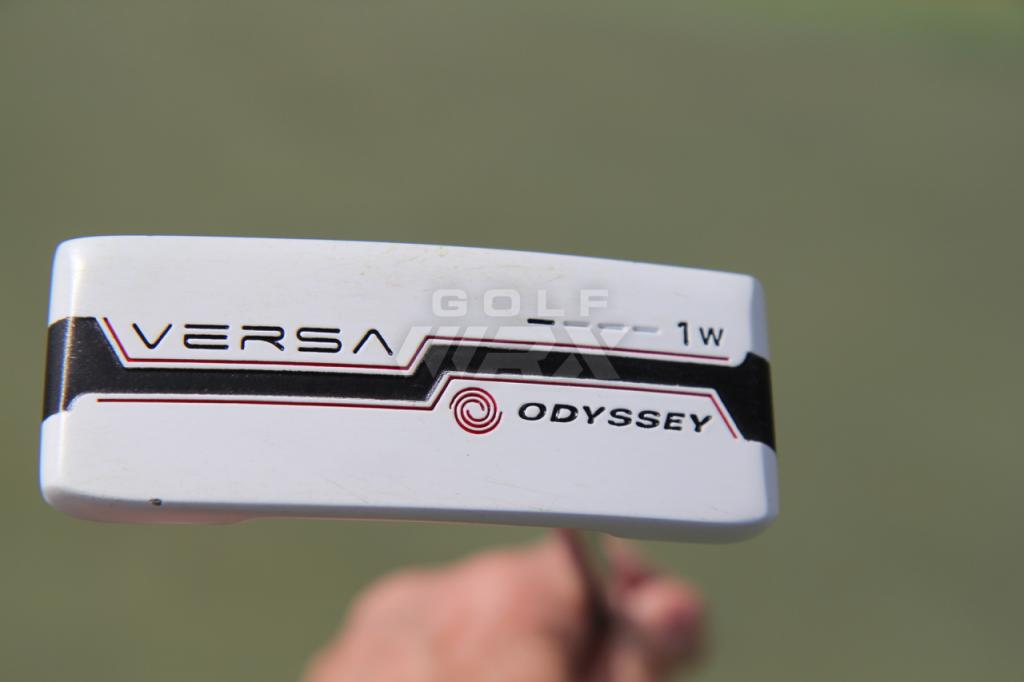












Pelle
Feb 18, 2019 at 4:57 am
Mizuno, why aren’t you building Hot Metal PRO in left handed version? Why do you abandon us lefties, again?
Tiger Noods
Feb 6, 2019 at 3:01 am
What is “ascetically picky”?
www.dermatologistmumbai.com
Jan 25, 2019 at 7:24 am
Excellent post! We will be linking to this particularly great article on our site.
Keep up the good writing.
Jim Farrell
Jan 23, 2019 at 8:13 pm
What are the specs? Not enough information to be able to determine anything. Mizuno’s web site is pathetic.
scotty
Jan 23, 2019 at 2:00 pm
editing is important before publishing.
Miles
Jan 22, 2019 at 9:37 pm
I have been playing the MPH4s since they were released and haven’t found anything that could replace them. Curious to see how these will stack up against my trusty H4s…
John
Jan 22, 2019 at 12:09 pm
Left hand availability?
Jerry G
Jan 22, 2019 at 10:45 am
Looks good at address with help in the sole – I see HM Pro 4i with the 919F.
stan mccoy
Jan 22, 2019 at 10:38 am
when will they be out
Jerry
Jan 22, 2019 at 10:45 am
Next month from what Mizuno engineer said in a podcast.
Joe
Feb 20, 2019 at 8:36 pm
Which podcast?
Jordan
Jan 22, 2019 at 10:35 am
So the only question I have after this is, should I paint fill my MP-18’s with the black instead of white?
Pelle
Jan 22, 2019 at 9:59 am
Wow, Mizuno has really hit my sweet spot – again as it seems. I am really looking forward to try and most probably by them.